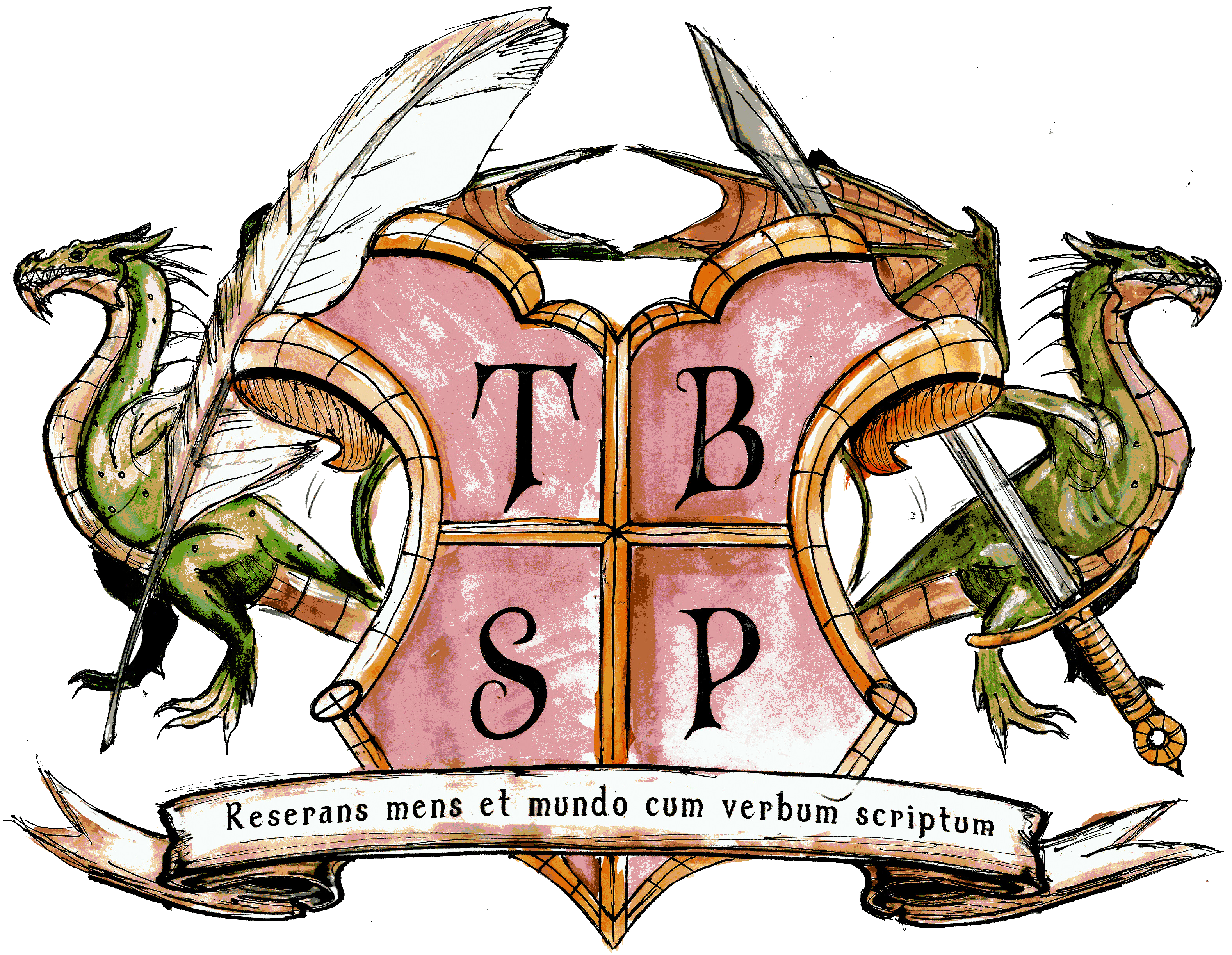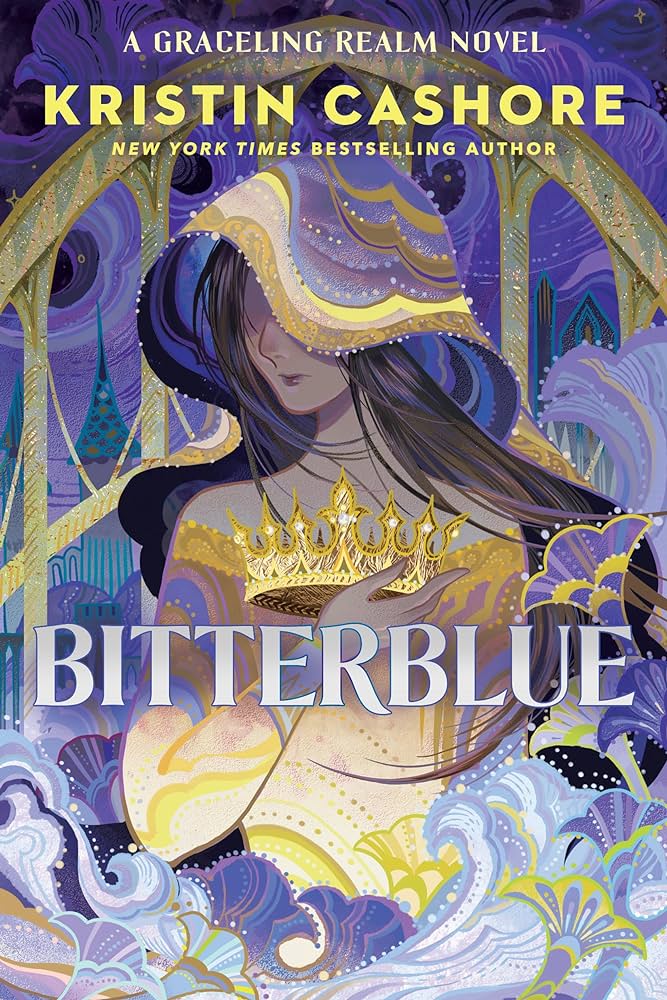or denoted by an #affiliatelink pop-up text whenever you hover on a link.]
Stay in Touch
Enter your email below to sign up for our latest updates.
COPYRIGHT © 2011-2024 The Bearded Scribe Press | WEBSITE DESIGNED AND BUILT BY 



